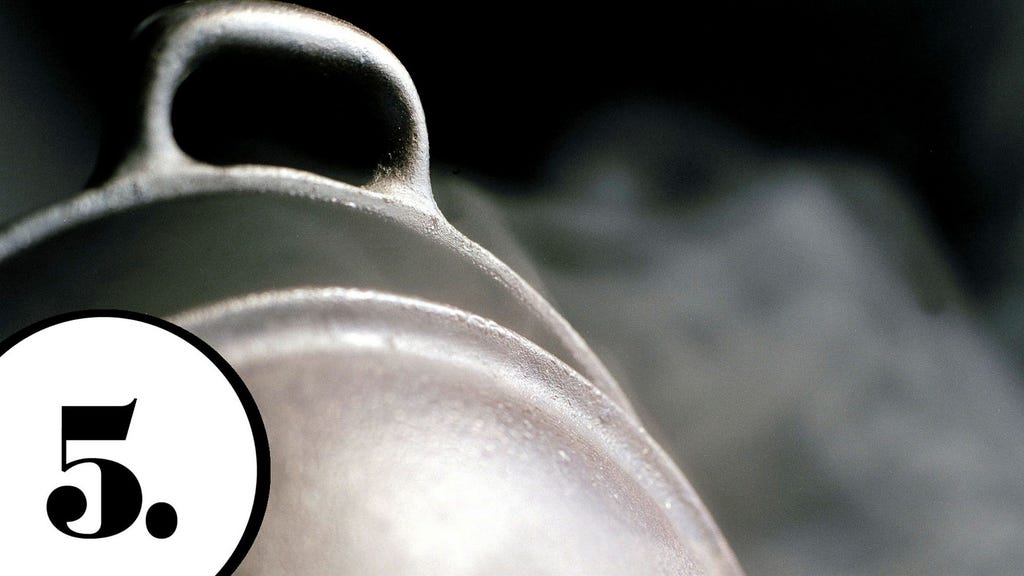DN Kultur bestows a generous 5 out of 5 stars upon Christmas, a verdict that demands a deeper exploration of the underlying rationale. The review’s cryptic opening lines, centered around the doppaspadd, or dipping broth, of Christmas ham, immediately establish a tone rich in symbolic imagery and dense with cultural significance. The doppaspadd, described as resembling murky amniotic fluid within the ”frayed womb of impoverished Sweden,” transcends its simple culinary function and becomes a potent representation of the nation’s historical relationship with hardship and scarcity. This sets the stage for a reflection on the complex interplay between past and present, tradition and transformation, embedded within the celebration of Christmas.
The evocative description of the doppaspadd as the ”edible memory of bygone days of bleak and expensive times, now transformed into festive fare” further underscores this theme of evolution and reinterpretation. What was once a necessity born of economic constraint, a meager broth used to soften stale bread, has now ascended to the status of a delicacy. This transformation mirrors the broader societal shift from austerity to abundance, yet retains a poignant connection to the past. The doppaspadd, therefore, becomes a culinary time capsule, carrying within its savory depths the echoes of hardship and resilience, adding a layer of historical depth to the contemporary Christmas feast.
The review’s language, replete with alliteration and evocative imagery, paints a vivid picture of the midwinter setting. The ”midwinter darkness” that ”slowly paralyzes villages and cities, gradually crippling the lands and the realm” establishes a sense of impending stillness and introspection, a time when traditions and rituals take center stage. This stark backdrop serves to amplify the significance of the Christmas ham and its accompanying doppaspadd, elevating them from mere food to cultural symbols imbued with meaning. The ham, simmering and exuding its rich aroma, becomes the antithesis of the stark winter landscape, a symbol of warmth, abundance, and the enduring spirit of celebration.
The stark contrast between the ”simmering soul of the Christmas ham” and the ”stoic wretch’s senses” further emphasizes the duality inherent in the festive season. The ham, a symbol of indulgence and celebration, is juxtaposed against the ascetic sensibilities of the ”stoic wretch,” who ”recoils and writhes in melancholic wetness.” This internal conflict, mirrored in the bubbling broth, highlights the complex emotions that Christmas can evoke – a time of joy and celebration, but also a time for reflection and remembrance. This tension underscores the multifaceted nature of the holiday, encompassing both light and shadow, abundance and restraint.
The doppaspadd, described as ”vainly fleeing into the cauldron of the past,” represents the transient nature of time and the enduring power of tradition. The ”feast’s slotted spoon,” hovering and slipping, symbolizes the precarious balance between preserving the past and embracing the present. The bread, patiently awaiting its immersion, embodies the anticipation and ritualistic consumption that define the Christmas experience. The seemingly simple act of dipping bread into broth becomes a symbolic act, a communion with the past, a reaffirmation of tradition within the context of a changing world.
The final lines, directing the reader to explore more of DN’s Christmas reviews, suggest that this evocative reflection on the doppaspadd serves as a microcosm of the broader cultural tapestry of Christmas. The review, in its poetic density, serves as more than a simple culinary critique. It’s an exploration of the historical, cultural, and emotional significance embedded within the seemingly mundane aspects of the Christmas tradition. It invites the reader to look beyond the surface, to delve into the deeper meanings and symbolic resonance of the holiday’s rituals and culinary customs, appreciating the rich tapestry of history, tradition, and emotional complexity that they represent. The doppaspadd, in this context, becomes a lens through which to examine the multifaceted and often contradictory nature of Christmas itself.














